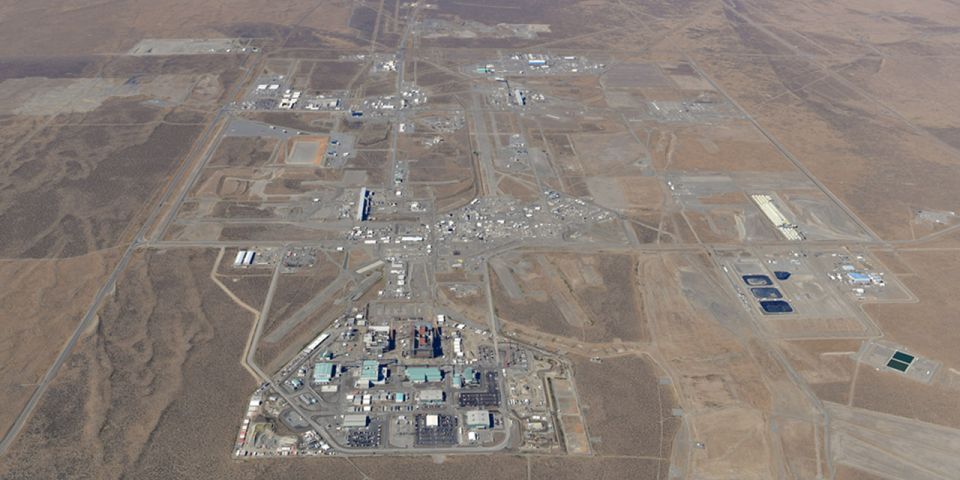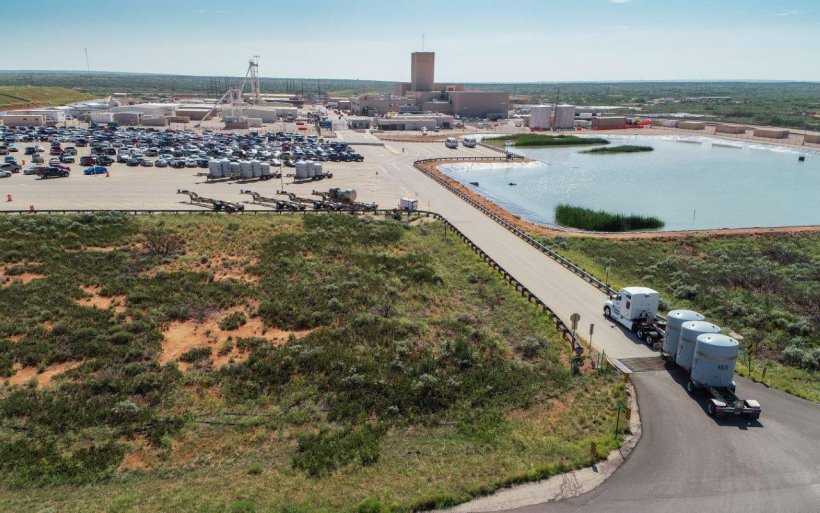The Argonne Plutonium Project—a collaboration with Clemson University—is supported by a $3.9 million award from the DOE’s Office of Environmental Management. The department recently awarded a total of $27 million to 13 projects led by six national laboratories to accelerate the cleanup of Hanford’s waste.
The DOE awards seek to enable scientific breakthroughs that significantly reduce the time and cost of treating Hanford’s approximately 54 million gallons of waste held in 177 underground tanks. According to the DOE, the research, development, and deployment of innovative technologies can potentially save up to $150 billion in tank cleanup costs and reduce the cleanup timeline by up to 20 years.
The challenge: A small fraction of the tank waste constituents are radioactive materials, which must be separated from the mixture, immobilized in glass through vitrification, and permanently buried in an underground repository. The challenge is to design “pretreatment” strategies to selectively remove the radioactive constituents.
While crystalline silicotitanate (CST) has been found to be effective at filtering radioactive cesium from the tank waste, and its use has the potential to significantly reduce cleanup costs, plutonium tends to stick to it as well. Because plutonium must be treated and disposed of in a different way, it needs to be kept separate from cesium and CST.
The Argonne team is figuring out how to solve this challenge. Its approach is to gain a deep understanding of how to influence plutonium’s chemical properties.
“Because Hanford’s plutonium production used many different chemical processes, the tank wastes are extremely complex,” said Richard Wilson, an Argonne chemist and principal investigator on the DOE-funded research project. “The chemical properties of the waste are not well understood. We seek to change that through rigorous scientific experiments.”
Understanding Pu behavior: According to Argonne, the project builds on previous research done at the lab that found that the plutonium in the tanks takes the form of plutonium oxide nanoparticles. Importantly, this effort discovered that the nanoparticles’ surface chemistry could be manipulated.
Now, Wilson’s team is investigating how the nanoparticles interact with the surrounding waste and CST—and how to control those interactions.
“We are exploring questions such as, what materials do the nanoparticles react with? Do the nanoparticles gather in clusters? How stable are they?” said Wilson.
An important part of the research is studying the nanoparticles’ chemistry under the unique chemical conditions of the tank wastes. Based on the insights from these experiments, the team can manipulate the particles’ chemistry so that they preferentially stick to some materials but not to others. This approach will enable the team to design a pretreatment strategy that stops plutonium from sticking to CST.
“We want the ability to tell the plutonium particles how to behave,” said Wilson. “With this ability, we can simplify the tank waste cleanup and make it faster and cheaper.”









